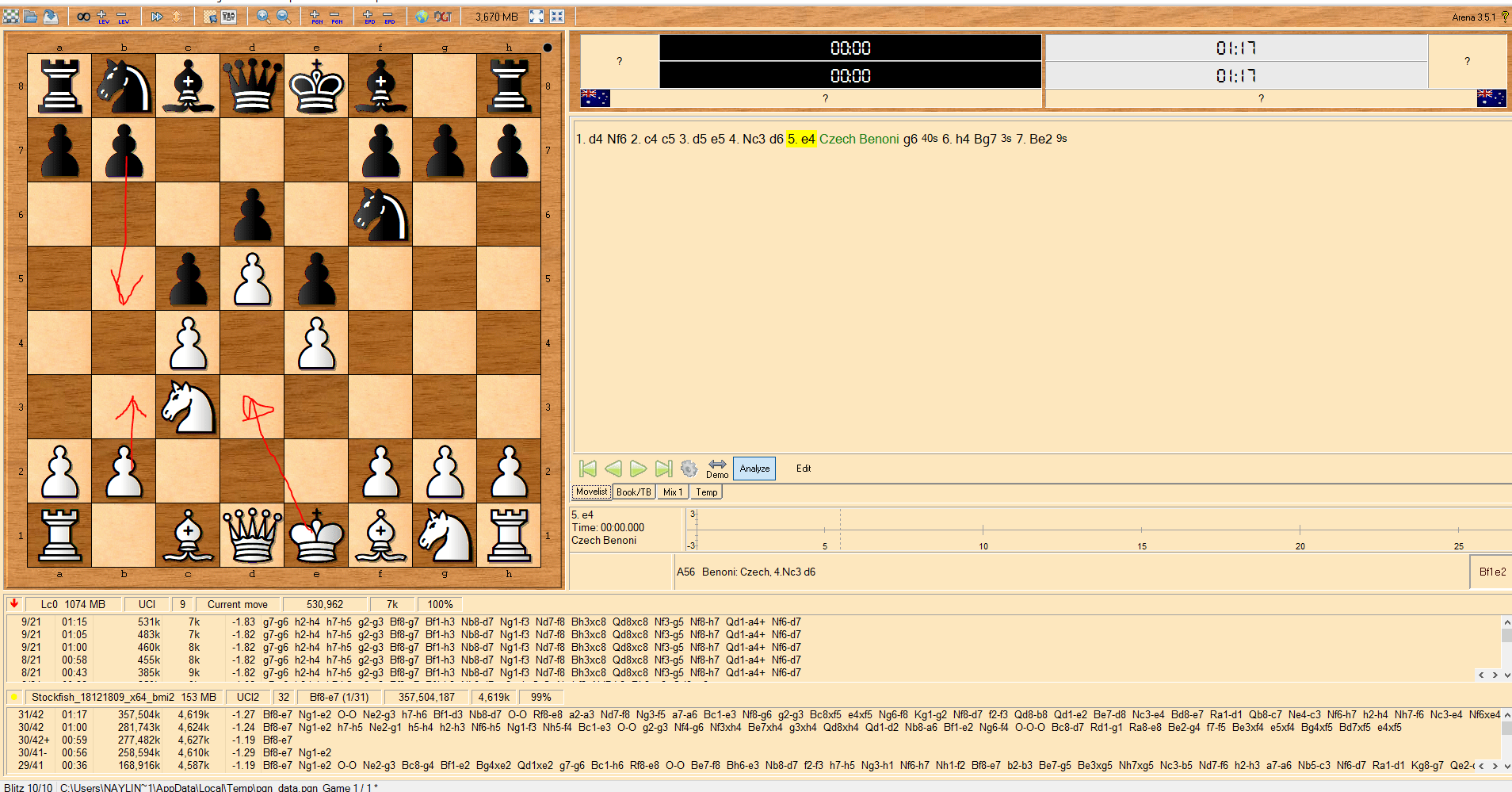While it's true engines overly like structures with the white pawn on d5, this particular structure is pretty bad. I'm no GM of course, but the way I see it there's no central pawn break, your pawns block your pieces, and f5/b5 are hard to get in without sacing a pawn. Both knights and black's dark square bishop will be very hard to activate.
---
Having said that, the jiu-jitsu (as I call it) to capitalize on this sort of... pure space advantage, is not easy. White could be +1 (according to the engine) for 15 or 20 moves, and then 1 or 2 innocuous inaccuracies make the advantage disappear.
So if this sort of position appeals to you, then you should at least try it out in some games. Play over GM games to get a feel for the basic ideas (which side of the board does black play on, where are the pawn breaks, that sort of thing) and try it online for a while, even in a few tournaments. If you end up not playing it that's fine because you'll have increased your general knowledge of chess.











I have been thinking about adding the Czech Benoni to my repertoire as a secondary/side/surprise weapon against 1. d4. I get the feeling that white should retain some small advantage here, because he has more space out of the opening. But the pawn structure and black's plans interest me for some reason. I feel like I can see myself playing this opening and enjoying it.
So I go into the chess.com analysis engine and set up the position. To my surprise, after 1. d4 Nf6 2. c4 c5 3. d5 e5 4. Nc3 d6 5. e4, Stockfish 10 is already showing a 1.13 advantage to white (at a depth of 28). What?! How can this be a sound opening if black is already down more than a pawn in position after 5 moves?
I know that computers are supposed to be bad at evaluating closed positions, and the pawn structure in the center is very closed. But computers are a lot better than humans at chess. If the Czech Benoni really is an okay defense, how could they be so wrong, so inaccurate, on the evaluation of this position? How could the likes of Richard Palliser be right in recommending this defense, when a computer that can beat any human's ass is giving white a strong advantage immediately? It feels practically inconceivable that the computer could give such an inaccurate evaluation in 2019, even though the center is closed. How could this be?
If the Czech Benoni really is bad, that is a real bummer. I wanted to learn how to play the Czech Benoni! But computers are amazing in 2019, even if they still in theory have trouble analyzing openings and closed positions. When the computer is scoring the position at +1.13, how could this opening be any good for black?